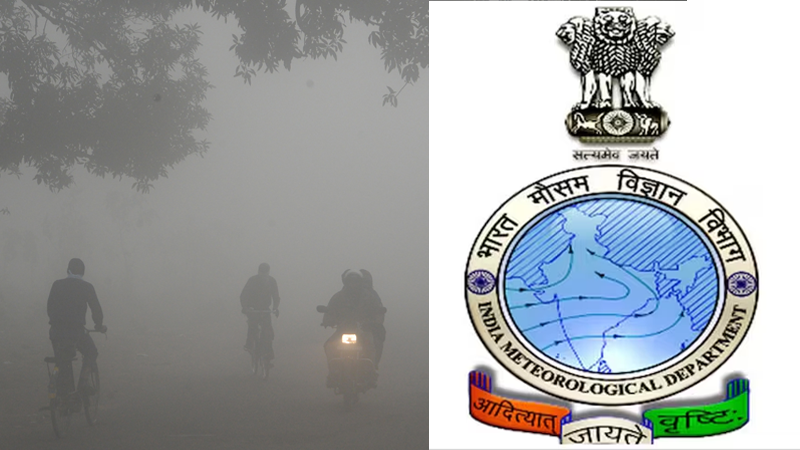Punjab is all set to experience dense fog this week with visibility getting reduced on roads across multiple regions. Pedestrians and motorists are going to face challenges due to the low visibility and vehicles are going to move slowly on the fog-laden roads.
The Indian Meteorological Department has shared a post on its official X handle and has informed the Punjab residents about the dense fog that is going to be seen in the state from 12th to 15th November. The post reads, “Dense to very dense fog conditions very likely to prevail in night/morning hours in isolated pockets of west Punjab during 12th-15th November 2024.”
The western part of the Punjab includes Amritsar, Ludhiana, Jalandhar and Patiala. A photo with details of fog has also been shared in the post. According to the details, Moderate fog is 200 to 500 metres, Dense fog is 50 to 200 metres and Very dense fog is less than 50 metres.
The Indian Meteorological Department has also shared a post regarding Himachal Pradesh’s dense fog. The post reads, “Dense fog in isolated pockets of Himachal Pradesh during next 5 days.”
The India Meteorological Department (IMD) is the agency of the Ministry of Earth Sciences of the Government of India. It is the principal agency responsible for meteorological observations, weather forecasting and seismology. It is headquartered in Delhi and operates hundreds of observation stations across India and Antarctica. Regional offices are at Chennai, Mumbai, Kolkata, Nagpur, Guwahati and New Delhi.
Alongside the fog, stubble burning in Punjab has also worsened the air quality in Chandigarh and reached toxic levels. At 5 am, on Monday, Chandigarh recorded an AQI of 341 which is a hazardous level that causes breathing difficult for residents. Chandigarh had surpassed Delhi's AQI, which was recorded at 334 on Sunday. Mandi Gobindgarh had also reported high pollution levels, with an AQI of 270, making it one of Punjab’s worst-affected areas.
The Chandigarh Pollution Control Committee is urging the Municipal Corporation to take steps like water spraying and dust suppression in order to reduce pollution levels. The weather department has also issued an orange alert due to dense fog that has worsened the visibility.
This increasing pollution levels have become hazardous to health of the residents, especially for those who have pre-existing respiratory conditions. People diagnosed with asthma are at significant risk of health complications. Authorities have also warned citizens to avoid outdoor activities.
